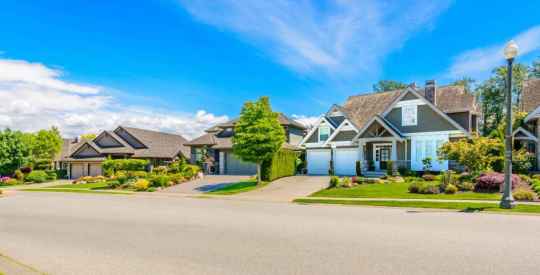The number of older U.S. households with mortgages is on the rise, with well over half of homeowners 50 and older currently having mortgages on their homes.
Mortgage-related activities among homeowners aged 50 has ticked up steadily over the past 10 years, the Census Bureau’s latest report finds.
From 1998 to 2001, 47% of those 50 and older had mortgages; a figure that increased to 52% between 2001 to 2004 and 57% between 2004 and 2007. During those same time periods the number of homeowners 50 and older also increased. The data, released in June, tracks population movement through 2010.
But mortgage activity among those 50 and younger actually outpaces that of their older counterparts.
A smaller share of homeowners aged 50 and older had mortgages compared with younger homeowners for all three periods analyzed. For example, nearly double of homeowners younger than 50 had a mortgage between 2004 and 2007 compared with older Americans, at 89% and 57% respectively.
For all three periods, those 50 and older were less likely to refinance their homes and withdraw equity than were homeowners under age 50.
Some households, including those maintained by people aged 65 and older, extracted equity from their home as housing prices rose prior to the recession, the Census Bureau says, noting that homeowners 50 and older were more likely to withdraw equity if they had debt than if they did not.
“[The] two popular methods being an equity line and a reverse mortgage, although the number of reverse mortgages remains small,” Census researchers say.
Some older homeowners who were unable to pay the additional costs associated with an equity line of credit or second mortgage during the recession lost their homes, and that loss was felt by other senior homeowners — even those who remained in their homes.
“Older homeowners may have experienced a negative impact from others who defaulted don their mortgage loans as a result of rising unemployment and risking interest rates on adjustable rate locals,” the researchers say, adding that foreclosures depressed the value of nearby homes and resulted in a reduced tax base for communities.
The decline in home prices affected seniors’ transition to senior living properties, as evidenced by a drop in occupancy at independent living facilities — from a peak of 92.7% in the first quarter of 2007 to 87.1% in the third quarter of 2010.
The report, “65+ in the United States: 2010,” can be accessed here.
Written by Cassandra Dowell



